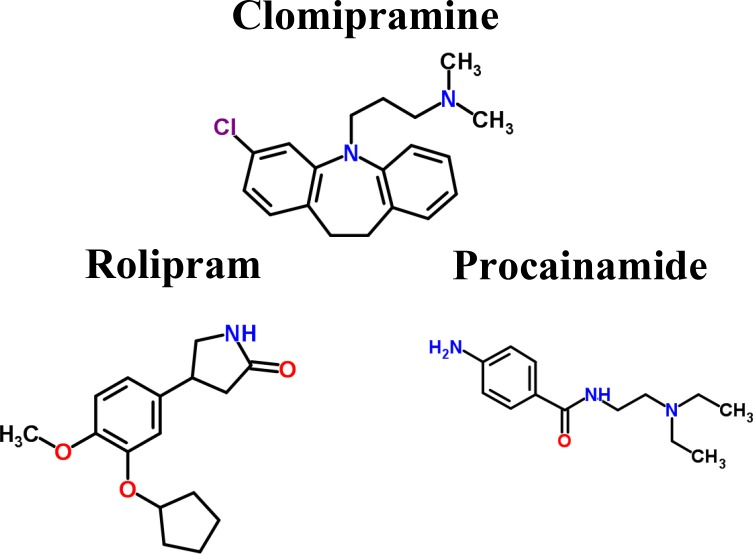Table 6. Design of genetic and epigenetic multiple drugs for the therapeutic treatment of advanced stage LSCC.
| Advanced stage LSCC | ||
|---|---|---|
| Drug target | ||
| CDH3, CHIC2, TUBB3, LIN7C, YBX1, FN1, ITGA8, TGFB1, ERBB4, DDX5, EMR2, MSN, CHD3, FOXO3, GATA3 |
| Drug molecule | ||
|---|---|---|
| Drug Name | Repressed drug target | Activated drug target |
| Clomipramine | CDH3, CHIC2, LIN7C, YBX1 | DDX5, EMR2, ERBB4, FN1, FOXO3, GATA3, ITGA8, TGFB1 |
| Rolipram | CDH3, TUBB3 | DDX5, EMR2, ERBB4, FN1, GATA3, ITGA8, MSN, TGFB1, CHD3 |
| Procainamide | TUBB3, YBX1 | DDX5, EMR2, ERBB4, FN1, GATA3, ITGA8, MSN, TGFB1, CHD3 |
Chemical structures of multiple-molecule drug

Through therapeutic treatment using the proposed genetic and epigenetic multiple-molecule drug, the proteins with significantly higher expression in the advanced stage (CDH3, CHIC2, TUBB3, LIN7C, and YBX1) can be repressed, and proteins with significant lower expression in the advanced stage (FN1, ITGA8, TGFB1, ERBB4, DDX5, EMR2, MSN, CHD3, FOXO3, and GATA3) can be activated to facilitate the restoration of advanced stage LSCC to normal lung cells.
